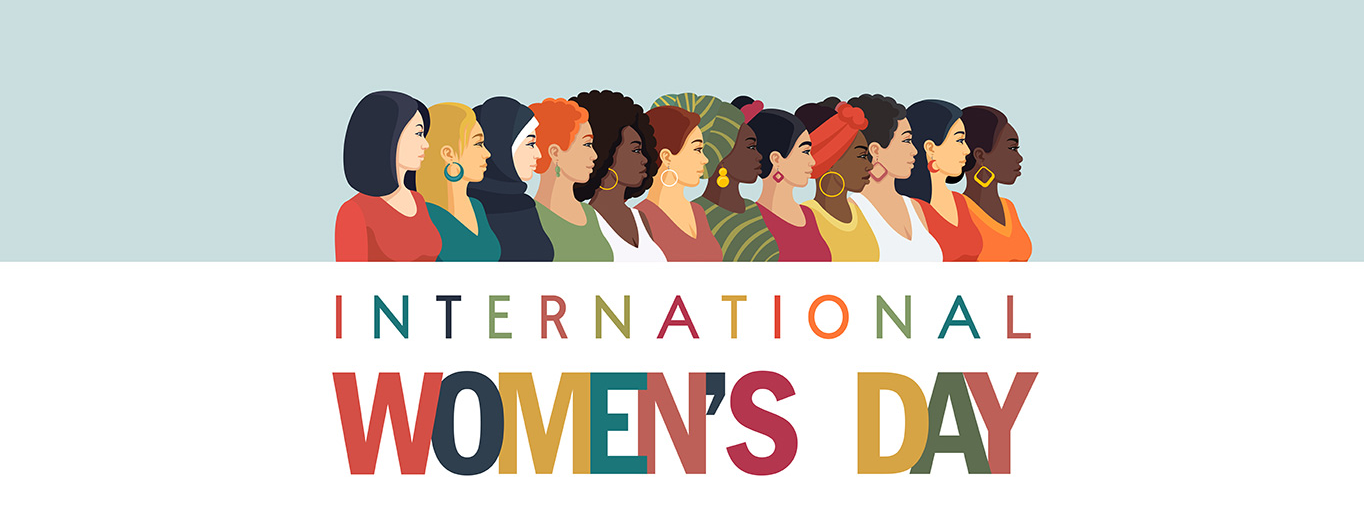
This article is part of the series — International Women's Day
India’s workforce is predominantly male. For a country that is seeking to harness its demographic dividend, with the largest working-age population in the world—expected to touch nearly 70 percent by 2030—we simply cannot afford low participation of women in the workforce anymore. India is poised to become the biggest contributor to global growth. A recent report has forecast that the next five years are crucial for the country to achieve a GDP growth rate of 8 percent, and to ensure that growth, women must account for more than half of the new workforce which will be created by 2030.
The gender gap in India’s labour force, attributed largely to conservative social norms and due to both demand side (work opportunities) and supply side (availability of women for work) factors, remains the most persistent paradox of recent decades.
The decline in female workforce participation in the country has historical precedence. The female labour force participation rate (FLFPR) was recorded at 24.1 percent shortly after Independence in 1955. In 1972, the FLFPR had increased to 33 percent, after which it steadily declined and fell to its lowest level in 2017 at 23 percent. The gender gap in India’s labour force, attributed largely to conservative social norms and due to both demand side (work opportunities) and supply side (availability of women for work) factors, remains the most persistent paradox of recent decades. This is despite increased economic growth, a decrease in fertility rates and increased enrolment of women in higher education over decades. The exclusion of women from paid work has resulted in perpetual gender inequality in the economy. Traditionally, women in India have largely been employed in labour-intensive, low-paid, informal work without social security.
There has, however, been an improvement in the FLFPR in the last six years and new trends are emerging. Data from the Periodic Labour Force Survey (2022-23) indicates that FLFPR is at 37 percent, an increase of 4.2 percentage points from the last survey (2021-22).
Younger, more educated women entering the workforce
This shift is reflected in other reports, like the State of Working India Report 2023, which pointed to a decrease in gender disparities in employment trends in India. The reduction is linked to structural transformations in the economy, leading to shifts in the female workforce across the country.
- The report showsthat older women with lower levels of education are exiting the workforce. At the same time, younger women with higher levels of education are entering it.
- The number of women in salaried employment is increasing, while women in informal wage work are decreasing.
- The share of women working in agriculture is decreasing. The proportion of women entering the services sector is increasing.
As the number of women in salaried employment increases, it has a positive impact on the gender gap in earnings, which decreases with more women leaving casual wage work. These shifts in the female workforce imply a longer-term impact on women’s economic participation in the country.
Women in India, and many developing countries, are widely engaged in unpaid economic work—different from care work or domestic work, like working on farms or family enterprises for instance—for which they are neither paid nor recognised as workers.
The overall increase in women’s participation in the labour force is driven by more rural women joining the workforce. The PLFS data show that the LFPR increased by 5 percentage points for urban women and 14 percentage points for rural women. This could partly be linked to a more accurate measurement of women’s work, according to several analyses. Women in India, and many developing countries, are widely engaged in unpaid economic work—different from care work or domestic work, like working on farms or family enterprises for instance—for which they are neither paid nor recognised as workers. The data being collected now is more cognisant of the historical mismeasurement of women’s work and might be the reason for the increase in FLFPR. Women unpaid workers rose from 31.7 percent of total women workers to 37 percent from 2017-18 to 2022-23.
Rise in women’s self-employment, but no difference in care burden
In the latest round of PLFS (2022-23), another significant trend was observed, the proportion of self-employed women rose to its highest at 70.1 percent, up from 60 percent in 2021-22. The category of self-employed has two sub-categories in PLFS—own account worker and employer, and unpaid helper in household enterprises. More than half of the women worked as “unpaid helpers” in family enterprises.
The increase in self-employed workers can also be interpreted as a sign of more women taking up entrepreneurship across the country.
The share of self-employed female workers has always been higher in rural areas as compared to urban areas. Agriculture and allied activities account for three-fourths of the work that rural women are involved in. The increase in self-employed workers can also be interpreted as a sign of more women taking up entrepreneurship across the country. Under Pradhan Mantri MUDRA Yojana, which extends micro-credit for entrepreneurship, nearly 70 percent of beneficiaries are female and 84 percent of loans sanctioned under Start-Up India have also gone to female beneficiaries. Both these programmes have been enabled through the drive for digital financial inclusion in recent years, which have been gender inclusive in design.
Some caveats, however, must be looked at. The State of India Working Report connects the rise in self-employed rural women to the rise in economic distress after the pandemic, which has impacted women more than men. The data bears this out. The increase in the self-employed category of workers, which was prevalent during the pandemic amongst both men and for women, is back to pre-pandemic levels for men but remains increased for women. It might be that both trends coexist, economic distress forced more women to enter paid work, and easy access to credit through government schemes has enabled more women to start micro-enterprises. In any case, there is a fundamental shift underway in women’s participation in the Indian economy.
The increase in the self-employed category of workers, which was prevalent during the pandemic amongst both men and for women, is back to pre-pandemic levels for men but remains increased for women.
Not unexpectedly, despite the overall increase in women’s workforce participation, the burden of care work and domestic work on women has not decreased. Women in India spend an average of 7.2 hours on unpaid domestic work compared to 2.8 hours spent by men, which has a direct bearing on their ability to participate in paid work.
With more women entering paid work in the country, the quality of employment will matter, with decent work, defined by fair income, social protection and safe working conditions, as the underlying goal. At the same time, women’s entry into the workforce must be supported with greater investments in care infrastructure and services, along with the reduction and redistribution of care work at home.
Sunaina Kumar is a Senior Fellow at the Observer Research Foundation
The views expressed above belong to the author(s). ORF research and analyses now available on Telegram! Click here to access our curated content — blogs, longforms and interviews.




 PREV
PREV



